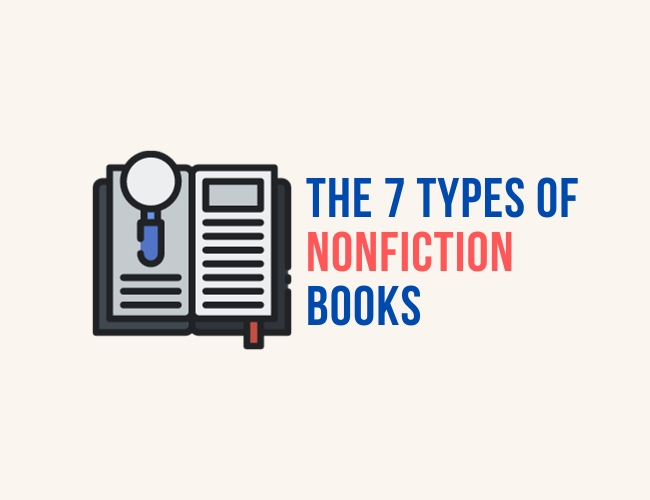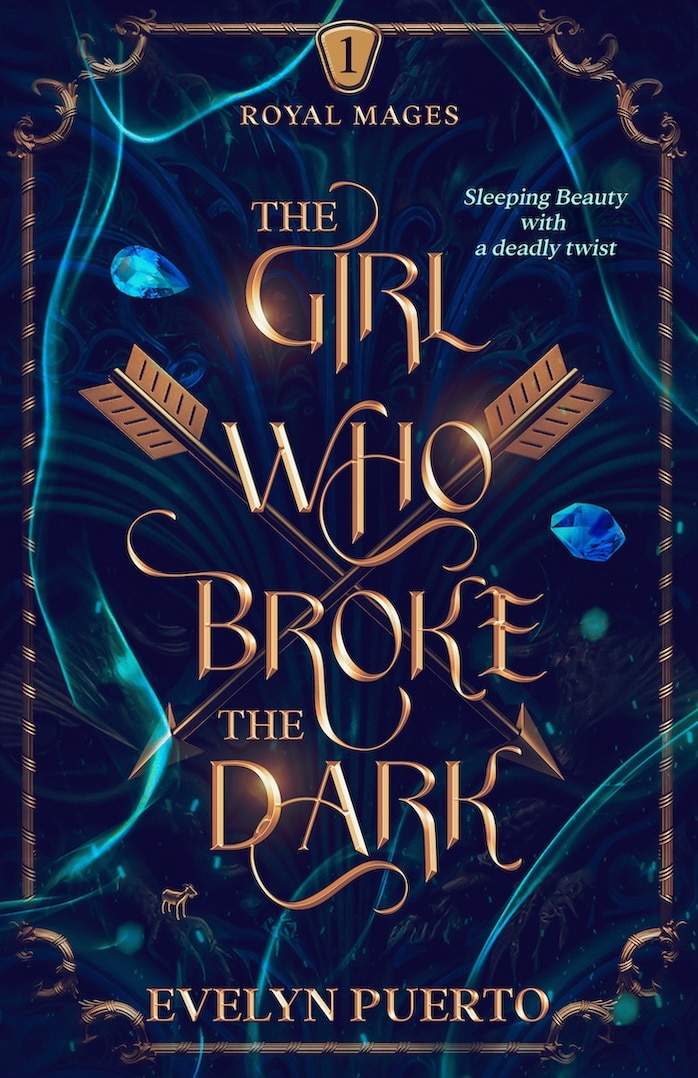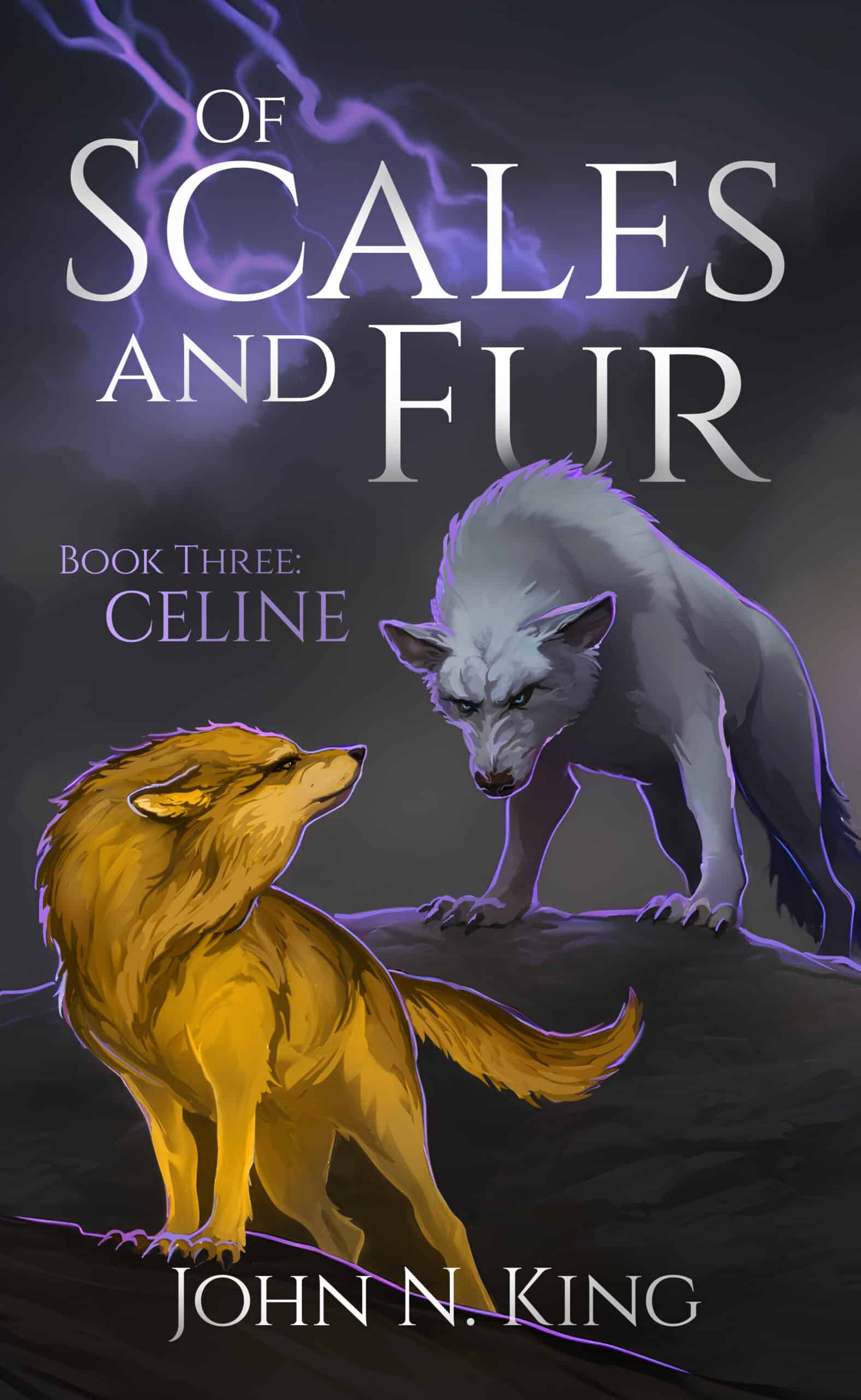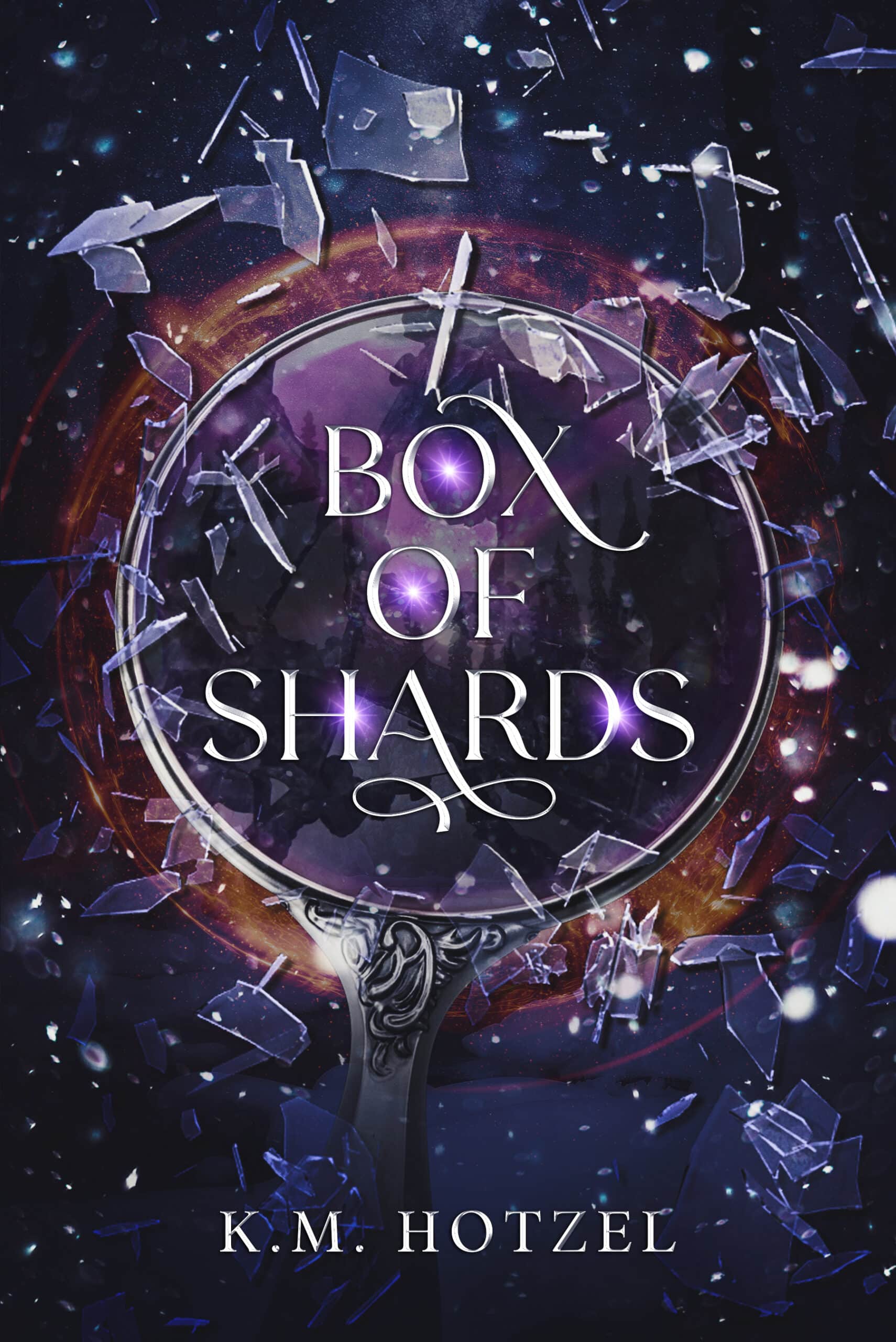While people have been telling stories and delivering speeches for thousands of years, the history of nonfiction book writing is fairly brief. Still, over the last 500 years or so, patterns have begun to emerge, tried and true ways of writing nonfiction books, depending on the author's goals.
Nonfiction encompasses a variety of kinds of books, from travel guides to business books to how to approach creative writing or historical nonfiction. Each nonfiction category approaches information differently. By studying and applying the lessons of these structures, you can write a better nonfiction book in much less time.
Need a step-by-step process for planning and writing your book? Check out my comprehensive article on how to write a book.
In this post, I'm going to share the seven main types of nonfiction books. We'll also talk about how each of these types of nonfiction writing is usually structured.
Which type of nonfiction book are you writing?
1. How-to Books and Self-Help
How-to guides and self-help books guide people to solve a particular problem or achieve a particular goal in their lives. This is an extremely popular category of nonfiction book.
Most how-to and self-help books will have chapters that flow through the following pattern:
- Problem OR Promise. What problem is your reader experiencing? Or what promise do you offer if they apply what you're going to talk about in this book?
- Story. The story either illustrates the problem and/or promise, or it acts as a solution story for how the solution to the readers' problem was discovered.
- Principle. Finally, a universal principle or process is shared that will solve the readers' problem.
Here are some other features found in How-To and Self-Help books:
- Introduction focuses on the problem or promise, solution story, and principles or steps will be covered in book
- Chapters focus on 5-12 principles or steps
- May have caveats/objections/applications section
- Conclusion focuses on exhortation and/or a promise
- Will have straightforward language designed to reach a general readership with a specific problem
Examples of a Self-Help Book:
- The 4-Hour Workweek by Timothy Ferriss
- Whole Brain Child by Daniel J. Siegel and Tina Payne Bryson
- Seven Habits of Highly Effective People by Dr. Stephen Covey
2. Investigative
Investigative nonfiction books are trying to understand what is really going on in the world, historical events, or in people's lives. They may share some universal principles or solve people's problems, but the primary aim is to better understand one aspect of the world. Sometimes they cover controversial topics or aim at cultural criticism, but in the end, they all begin with curiosity about something.
True crime or forensic psychology books follow this structure, but it's also used by writers like Chip and Dan Heath and Malcolm Gladwell.
Investigative books will have chapters that flow through the following pattern:
- Story. The story brings up an attention grabbing or misunderstood subject for investigation.
- Investigation or Analysis. Next, the author delves into what's really going on with this subject.
- Principle or Result. Finally, a universal principle or the result of the investigation is shared. Sometimes, this result may be applicable to the readers' lives or work.
Here are some other patterns found in investigative books:
- Introduction focuses on the topic of investigation, who the book is for, and what principles will be covered
- Chapters organized by questions
- Often includes principles but not steps
- Conclude with “here’s what have we learned”
Examples of Investigative Books:
- Outliers by Malcolm Gladwell
- Made to Stick by Chip and Dan Heath
- Freakonomics by Steven Levitt and Stephen Dubner
3. Reference
Reference books collect definitions, terms, and practices for a specific field or subject matter. Examples of reference books include dictionaries, recipe books, craft books, and even many writing guides.
Reference books will have chapters that flow through the following pattern:
- Define. Define the term or focus for the chapter, e.g adobo street tacos or nonfiction book types.
- Expand. Give context on that term, either through a story, illustration, history, or some other way.
- Process, Steps, or Tips, if applicable. What steps, process, or tips will help the reader better understand the subject or reproduce its results.
- Examples. Share examples, if applicable.
Examples of Reference books:
- The Personal MBA by Josh Kaufman
- The Write Structure by Joe Bunting (that's me!)
- Wikipedia
4. Inspirational/“How to” Memoir
Inspirational or “How-to Memoir” is a book type similar to how-to/self-help but with a greater emphasis on narrative and story telling and exhortation. They can rely on personal experience or collect other true stories to explore their themes.
Most inspirational books will have chapters that flow through the following pattern:
- Story. The story either illustrates the problem and/or promise, or it acts as a solution story for how the solution to the readers' problem was discovered.
- Problem. What problem is your reader experiencing? Or what promise do you offer if they apply what you're going to talk about in this book?
- Exhortation. The exhortation not only solves the readers problem but exhorts them to go solve it.
Examples of Inspirational books include:
- Real Artists Don't Starve by Jeff Goins
- Girl, Wash Your Face by Rachel Hollis
- Most religious books
5. Riff
The riff is a type of nonfiction book usually by an expert in a field that may combine pieces from each of the above book types in varied patterns and lengths.
For example, On Writing is everything Stephen King thinks about the craft of writing. Or New Seeds of Contemplation is everything Thomas Merton knows about prayer and God.
It may combine stories, exhortation, problems, and principles, but does it in a varied pattern and with chapters of various lengths.
6. Biography
Autobiography is a particular style of narrative book that often combines personal stories and historical context to tell the story of one person's life from their own perspective. It's the author's take on their own life.
Examples of autobiography include:
Friends, Lovers and the Big Terrible Thing by Matthew Perry
Educated by Tara Westover
Biography includes books about people written by someone other than the subject. The story of one person's (or entity's) life will center around real events which may or may not include historical events. It must be true, and it usually contains the complete life story, from birth until death (or the person's life thus far, in case they are still alive). Biography will be written by someone other than the person who the book is about.
In all but rare occurrences, biographies are written about notable people and celebrities, which differs from memoir (see below).
Biography is usually organized chronologically, following a person from their key early experiences to death (or current time period if still alive).
Examples of biography include:
The Grimkés: The Legacy of Slavery in an American Family by Kerri K. Greenidge
King: A Life by Jonathan Eig
American Prometheus: The Triumph and Tragedy of J. Robert Oppenheimer by Kai Bird and Martin J. Sherwin
7. Academic
Academic books are informational books designed to give specialized knowledge on a tightly defined topic. The structure will vary based on the field of study, but academic books can include textbooks, field manuals, and other reference books. The main difference in this category is the target audience: academic books are typically written by and for experts and for students studying in a particular field.
Not included here: Memoir
Memoir is a specific style of nonfiction writing that is based on the writers' own life but much narrower in focus than autobiography. Thus, memoir has much more in common with the novel than most nonfiction books, and most writers will benefit more from learning about the types of story here than nonfiction book types.
However, some memoirs are more instructional and inspirational focused, and if so, these writers will find the Inspirational book type most useful.
These are seven of the most common types of nonfiction books, and hopefully you identified the one that best aligns with your project. Looking through a few books in your genre or category can always help you with both structure and content.
Which nonfiction book type are you writing? Let us know in the comments below.
PRACTICE
For today's practice, choose the type of nonfiction book that most interests you from the list above or that best describes your current project. If there is a pattern to the chapters listed, set your timer for 15 minutes and write out the strongest story or principle that guides your book. When finished, share in the Pro Practice Workshop and leave feedback for a few other writers.
Not a member? Join us!
Joe Bunting is an author and the leader of The Write Practice community. He is also the author of the new book Crowdsourcing Paris, a real life adventure story set in France. It was a #1 New Release on Amazon. Follow him on Instagram (@jhbunting).
Want best-seller coaching? Book Joe here.




Good morning Joe! I am a novice writer and am planning a family history blog. I am telling stories about ancestors (non-fiction of course) and using the 6 plot elements fits quite nicely. So, describing how a 3x Great-Grandfather fought in the Civil War and returned makes a good story. My question is this: I want to have a few episodes/blogs where the county where my ancestors lived be the main character. How should I go about using plot elements to make those “books” work? The goal is that I want to be able to describe how where my relatives lived shaped their lives.
Ron, I love this idea. What a gift to your family. If you’re asking how to make the setting a character in its own story, I wonder if it might be better to reveal the setting AS you tell the family stories instead of separately. The reason is a setting doesn’t make choices like a character, so it’s hard to use plot to move the reader through it. (And your idea to use plot elements to shape the memoir or history is really smart– will keep readers engaged and you focused as a writer)
You could also tell stories of other people in the county that your family members grew up listening to as a way to help readers understand the history. Just an idea. Good luck!
Greetings, Joe, et al.
Mine is a book that falls between Memoir, Autobiography and Academic. I realize that this sounds absurd, but consider this: As a young man back in 1989, whilst working to save money in between Music Schools, I fell from the side of a building. As I’m sure one could imagine, this forever changed the man that I was and longed to be. However, the vast majority of this change should’ve never happened, and was completely unnecessary.
This is a story about our American Health ‘Care’ and the misconceptions about what it really is. Why is this particular story any different than the 1000’s of others out there? Simple. I became the Accidental Journalist as I began recording my doctor visits to prove to my family that I wasn’t a liar and these things were actually being said and in the way I portrayed. That started in 2005. And, BTW, I am nothing if not a prolific archivist.
After having lost my career for the last time in 2017, I had to stop the insanity. I had to do this. I could not risk having yet another life threatening event, so in August of 2017, after yet another refusal to give me access to the care that I required, I had to simply stop.
I ended back on Soc Sec Disability. This is no Safety Net. It is a spider’s web. And now, because of the competing philosophies that are wrecking America, I now sit in exile, in a country not-of-my-birth, a stranger in a strange land but one in which I have once again found my dignity and self-respect, despite being a highly educated & destitute. Here I am free. Here my doctor doesn’t have to worry about the DEA, et al., and I can breathe again.
I do not make any claims in this account. I don’t have to because America will hear it all from the guilty parties very own lips. Some will hate me and that’s okay, but the one thing they won’t be able to label me is a liar. I have gigs of digitally recorded data of everyone from Doctors, Pharmacists, DEA, FBI and all Insurance Claims Reps. And another equal amount of medical records and other correspondence that match to those recordings. I know that this needs to be 2 books, although they are not the 2 books I had planned on writing, those being the series of philosophic and economic writings…
Last point; it took me just over a year in exile before I could even talk about any of it outside of my doctor’s office here. It’s been over 2 years now and only today do I realize how damaging, how truly, deeply traumatizing it all has been.
The story of my life up to today is the first book, with an academic approach to it all in the second. But I feel like I should write all of it at once, and then separate the 2 entities, as there will inevitably be requisite overlap. Any advice would be deeply appreciated.
Piece o’ cake, right?
Thank you,
Christopher
Hi Christopher!
First off, I’m sorry you had such a harrowing experience. I think it would be deeply cathartic to write it all out from beginning to end no matter how you do it.
The one consideration I might offer is that once you decide who the book is for (who you hope will read it), you’ll want to make choices based on the reader and what you hope they experience from your story. For example, if you want to write a journalistic exposé nonfiction book to prompt change, you’ll focus more on the systems you had to navigate to get the care you needed (this sounds like the academic approach you’re describing). If you decide it is to connect with others who are experiencing similar life change to make them feel less alone, it will likely be framed as a memoir, with the focus on the initial experience of the fall and the subsequent high points that brought you understand yourself in this new reality. There are lots of other ways to approach it too, I’m sure.
No matter what you ultimately choose, I hope you find a path to get your story down.
Ms. Weems,
Thank you for your insight and input. You nailed it, and that makes me feel like I am doing things ‘write.’ the Memoir will be deeply revealing and personal, and there are many others like me who will be offering their shared experiences, including the Doctors on the other side of this abusive system, at various points along the way; along the timeline.
I am hoping to hire one of your Book Coaches to offer me direction and advice that will push me over the finish line by May 1st. I have adopted the 100 day book’s process because I need this book to be completed by May 2025 as I have – believe it or not – a real opportunity to attend a meeting with Dr. Linda Cheek and RFK, Jr, depending of course on whether he is confirmed. Regardless, this meeting will take place with whomever it is that IS confirmed. Dr. Cheek is an activist and victim of the alleged ‘Opioid Crisis’ who lost her medical license after malicious prosecution by the DEA. She lives in Virginia and routinely visits the various officials within our government who have the real opportunity to affect change.
Dr. Cheek has already confirmed that when my Book Proposal is complete, she will read it in full, and then decide whether or not she will add her name to it in the form of a Positive Review and Endorsement. I also have my Pain Management doctor of 2.5 years here in Mexico City who is excited about adding his stamp of approval and endorsement.
I would welcome any advice regarding the Coaches affiliated with your site, and which I should potentially hire.
I will of course pay you for your time and considerations for this advice if necessary.
Thanks again,
Christopher
Glad it was helpful. Our coach page is here. At the bottom you can sort by genre and they are all terrific. You can click through on the inquiry form to get quotes.
If you sign up for 100 Day Book as you mentioned, you’ll have 14 weeks of accountability where you break down your word count goal and post each week. You can also do that option with a coach.
Your first step is going to be narrowing the scope and genre though, knowing you’ll go back and write the second (and even third) book later. That will help you get to your May 1 deadline fastest.